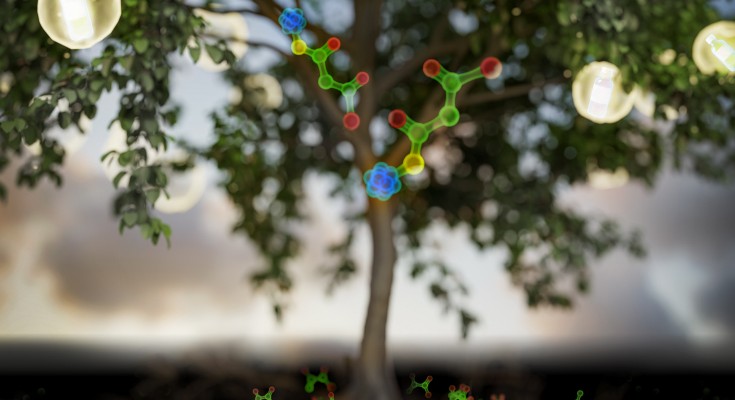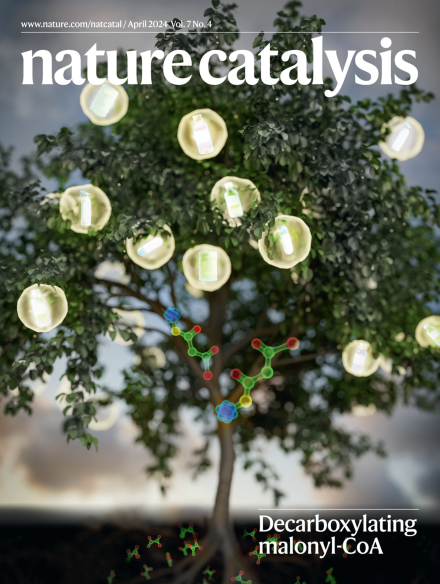
Read our April issue
Nature Catalysis covers all areas of catalysis, incorporating the work of scientists, engineers and industry. April issue now live.

Nature Catalysis covers all areas of catalysis, incorporating the work of scientists, engineers and industry. April issue now live.


Atropisomerism is an expanding target of asymmetric catalysis. In this Review, recent advances in atroposelective synthesis under catalytic control are highlighted with a focus on general strategies that provide high versatility and modularity.